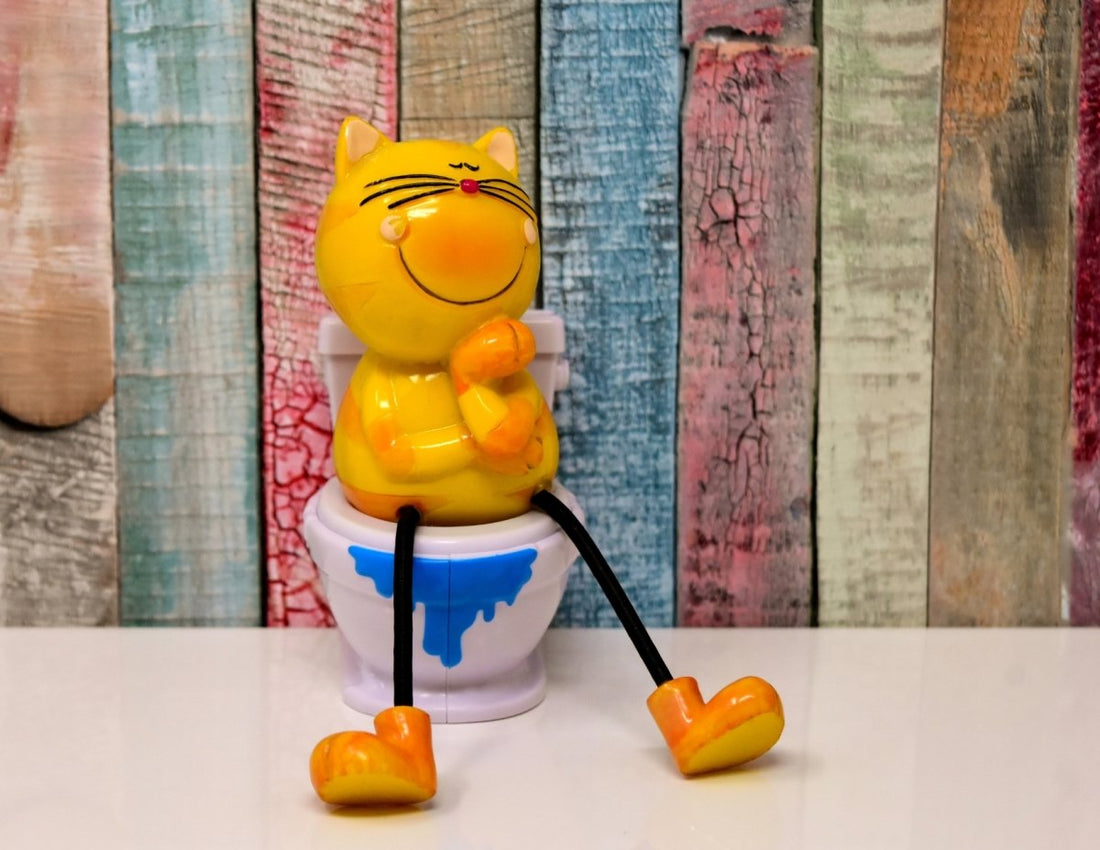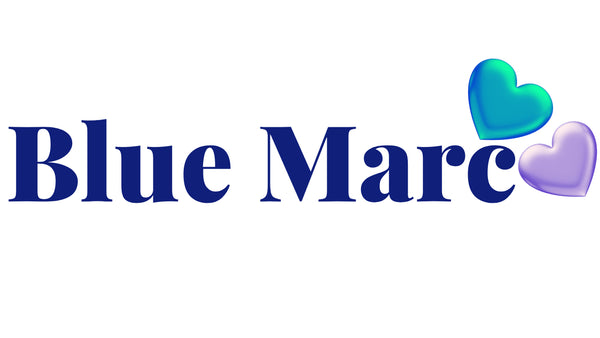
🚽 Say Goodbye to Diapers: Expert Tips for Successful Potty Training
Share
✨ Introduction: A Major Milestone Ahead
Potty training is a significant step toward independence for your child—and an exciting (though sometimes tricky) journey for parents! While every child is different, using the right strategies can make the transition from diapers to potty smoother, more positive, and even fun. In this guide, you'll find expert tips, practical examples, and additional strategies to set you and your little one up for potty training success.
🧠 Know When Your Child Is Ready
Starting too early can lead to frustration. Look for signs of potty training readiness, including:
- Staying dry for 2+ hours or after naps
- Showing interest in adult bathroom habits
- Communicating needs ("pee," "poop," or gestures)
- Discomfort with dirty diapers
- Following simple instructions independently
- Ability to pull pants up and down
🧠 Tip: Most children show readiness between 18–30 months, but every child’s timeline is unique.
🛁 Introduce the Concept Naturally
Ease your child into potty training by:
- Modeling behavior: Let them observe you or older siblings using the toilet.
- Reading potty books: Favorites include “Potty” by Leslie Patricelli and “Everyone Poops” by Taro Gomi.
- Watching videos: Gentle, child-friendly videos about using the potty can reinforce concepts visually.
- Exploring the potty seat: Let them sit fully clothed on a potty chair to get comfortable.
🔁 Practice Consistency
Children thrive on predictable routines. Set a schedule that includes potty trips:
- After waking up
- Before naps and bedtime
- Before or after meals
- Every 2–3 hours
🔔 Tip: Use a potty training timer app to remind you both when it’s potty time.
🎉 Use Positive Reinforcement
Encouragement is powerful. Try:
- Praise: Cheer even small successes ("You sat on the potty! Great job!")
- Stickers: Create a reward chart with fun stickers for milestones.
- Small rewards: Offer extra storytime, a dance party, or a favorite snack for progress.
❌ Important: Avoid punishments or shaming after accidents—it can create potty anxiety.
🧺 Transition to Training Pants or Underwear
- Cloth training pants: Help children feel wetness, speeding up awareness.
- Special “big kid” underwear: Let them choose fun prints to create excitement.
- Commando method: Some experts suggest skipping training pants altogether for faster learning (at home).
⏳ Be Patient—and Expect Accidents
Potty training is a process, not a one-time event. Expect setbacks like:
- Excitement accidents: Playing too hard and forgetting.
- Regression: Illness, travel, or new siblings can temporarily derail progress.
🧠 Tip: Stay calm. Reinforce routines gently and consistently.
🧸 Make Potty Training Fun and Engaging
- Sing potty songs ("Potty Time" by Rachel Coleman is a hit!).
- Decorate the potty seat with washable stickers.
- Role-play: Have a doll or stuffed animal "learn" to use the potty too.
- Potty parade: Celebrate successful days with silly marches around the house.
🎨 Tip: The more fun and playful it is, the less stressful potty training becomes!
🛠️ Additional Expert Tips for Potty Training Success
Use Child-Friendly Language
- Instead of "Do you need to urinate?", say "Do you need to go pee-pee?"
Empower Your Child
- Let them flush, pull up their pants, or pick a fun soap to encourage independence.
Dress for Potty Success
- Choose easy-to-remove clothing (elastic waistbands, no overalls).
Focus on Hydration
- Offer lots of fluids early in the day to create more practice opportunities!
Nighttime Training Comes Later
- Staying dry overnight is a separate skill that can take months or even years longer.
- Consider overnight training pants until they consistently wake up dry.
Address Fears
- Some children fear flushing noises or the sensation of sitting on a big toilet. Use a child-sized potty chair if needed, or a sturdy step stool and potty seat adapter.
🚑 When to Seek Professional Advice
Reach out to your pediatrician if:
- Your child shows no interest in potty training by age 3½–4.
- Frequent constipation, UTIs, or stool withholding occur.
- Severe fear or anxiety prevents any potty use.
Early guidance can prevent physical issues and ease emotional stress.
🌟 Conclusion: Celebrate the Journey, Not Just the Destination
Potty training is one of childhood’s big adventures—and it’s okay if it’s messy at times.
Through patience, positivity, and teamwork, your child will develop this important life skill. Remember: every accident is a learning opportunity, and every step forward deserves celebration.
🏅 You and your child are doing amazing—and dry days are ahead!
